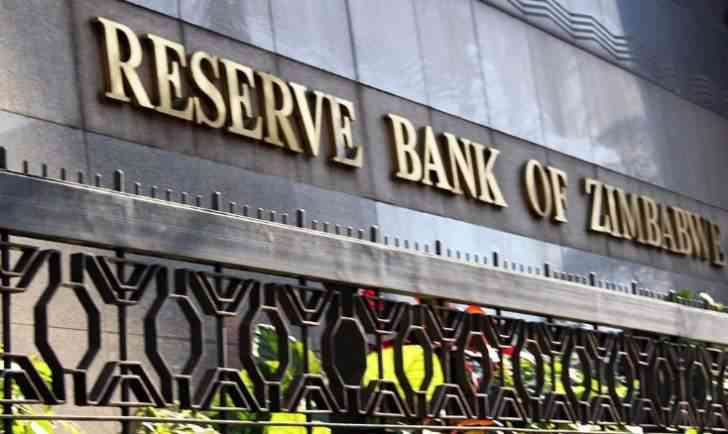
THE Reserve Bank of Zimbabwe (RBZ) has cited the lack of consolidated databases as a major barrier to accounting digitalisation and called for a unified digital platform to integrate financial transactions and data management.
This platform would serve as a central interface, enabling banks, government institutions and industries to plug in and accelerate the country’s digitalisation drive.
Accounting digitalisation refers to the integration of digital technologies — such as cloud computing, automation, artificial intelligence (AI) and blockchain — into accounting processes to replace traditional paper-based or manual systems.
The process enables faster, more accurate, and real-time financial data capture, analysis and reporting.
Regarding a central bank, accounting digitalisation enhances oversight and efficiency by providing timely, accurate financial insights that support monetary policy decisions, regulatory supervision and risk management.
It also strengthens transparency, reduces operational costs and improves compliance with international financial standards.
“I talked about digitalisation, but you know we need to have a platform that is unified. A platform that is not only facilitative of transactions or movements of money but also data. We are talking here about accounting, and we do not have the databases to digitalise this,” RBZ deputy governor Innocent Matshe said during a recent launch of the African Development Bank’s Zimbabwe country report.
“So, from the Reserve Bank’s point of view, we need to develop a very strong unified platform interface where institutions, not only financial institutions, government and industries, can plug in and facilitate effective digitalisation.”
- Mavhunga puts DeMbare into Chibuku quarterfinals
- Bulls to charge into Zimbabwe gold stocks
- Ndiraya concerned as goals dry up
- Letters: How solar power is transforming African farms
Keep Reading
The remarks came amid calls to deepen access to financial markets, debt markets and financial inclusion and address illicit financial flows.
In the debt market, in particular, a centralised digital interface would streamline the issuance and trading of bonds and other instruments, while standardised data and automated settlement processes could reduce operational costs and delays that have historically discouraged participation.
This would make it easier for issuers to reach investors and for investors to track their holdings, thus the proposed platform has the potential to unlock liquidity and support the growth of domestic debt markets.
“So, what are we doing with financial inclusion? Basically, the approach here is to digitise all transactions in the country. But not only transactions — we want to use digitalisation as an enabler for financial institutions but also to help us in the transparency and inclusiveness of what we do,” Matshe said.
“The Reserve Bank has been championing national financial inclusion strategies since the early 2000s, and we are now on the national financial inclusion strategy number two, which is not just how many people have accounts, but how many people actually use them for productive purposes.”
He said this was a key indicator of whether or not people were included in economic activity.
Individuals and businesses currently excluded from the formal financial system could gain access to affordable credit, secure payments, and savings products from a unified platform.
Over time, this could narrow economic disparities and strengthen the resilience of the financial sector.
“We need to work together, and we need to get input from industry, from other players. But currently, because we are on our own as an economy, we depend on our own means,” Matshe said.
“We depend on what we can do ourselves. So, we need to pool the resources that we have in a way that enhances economic activity.”










